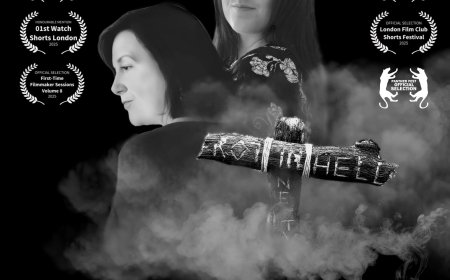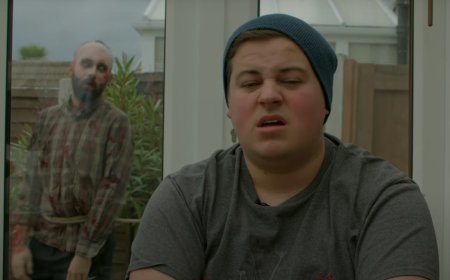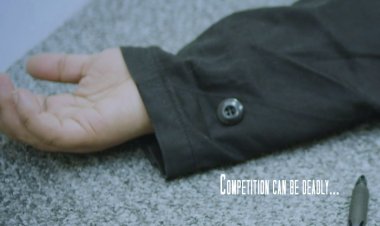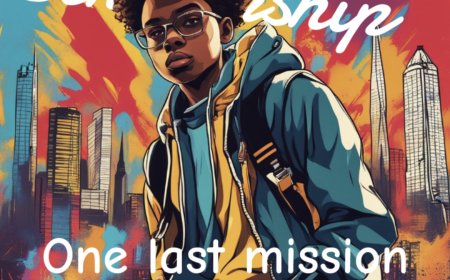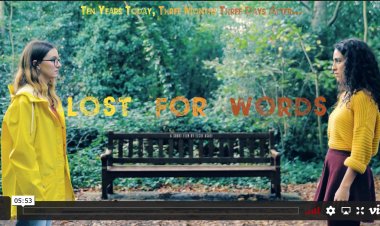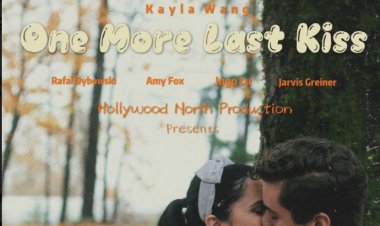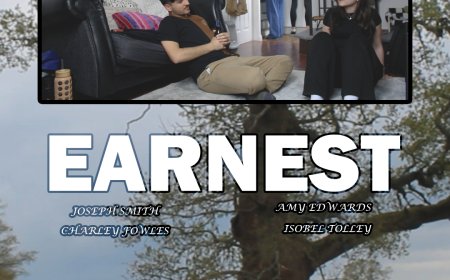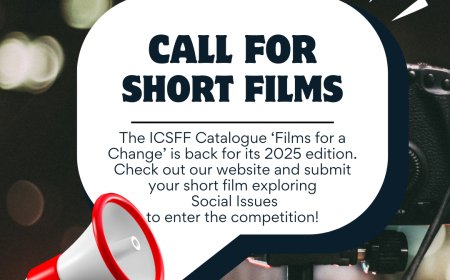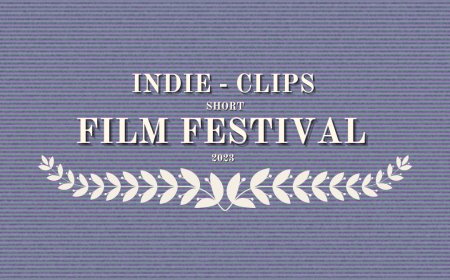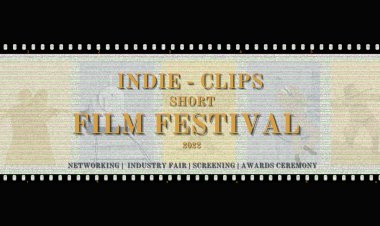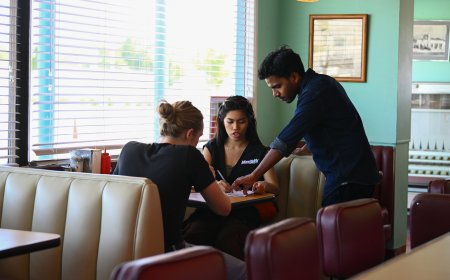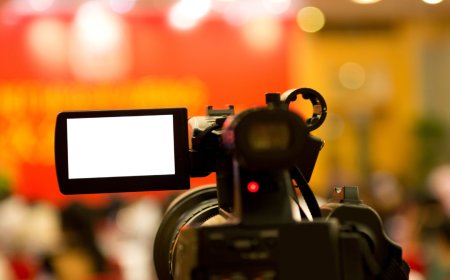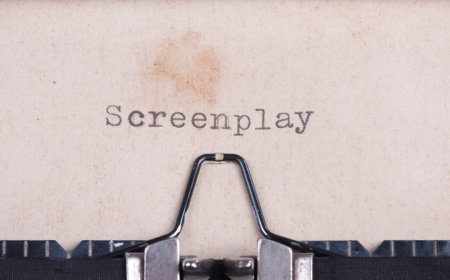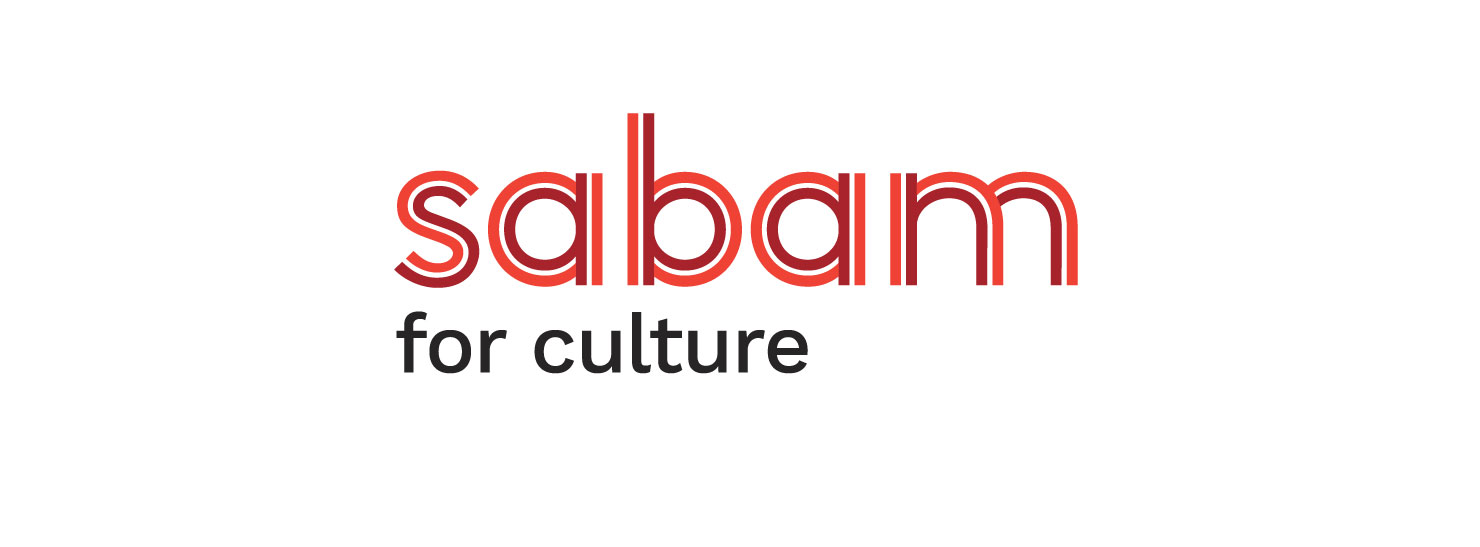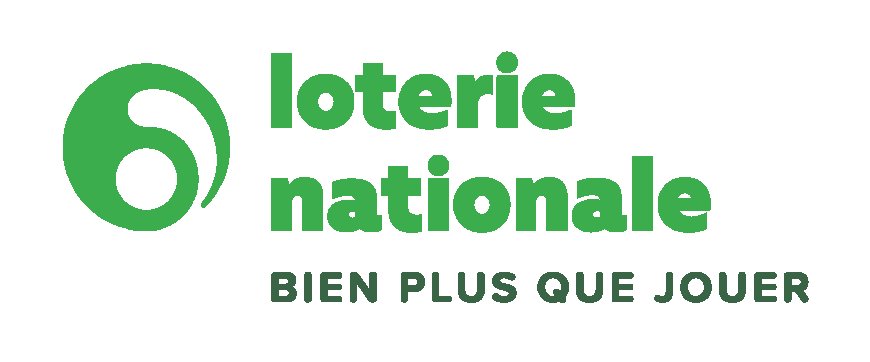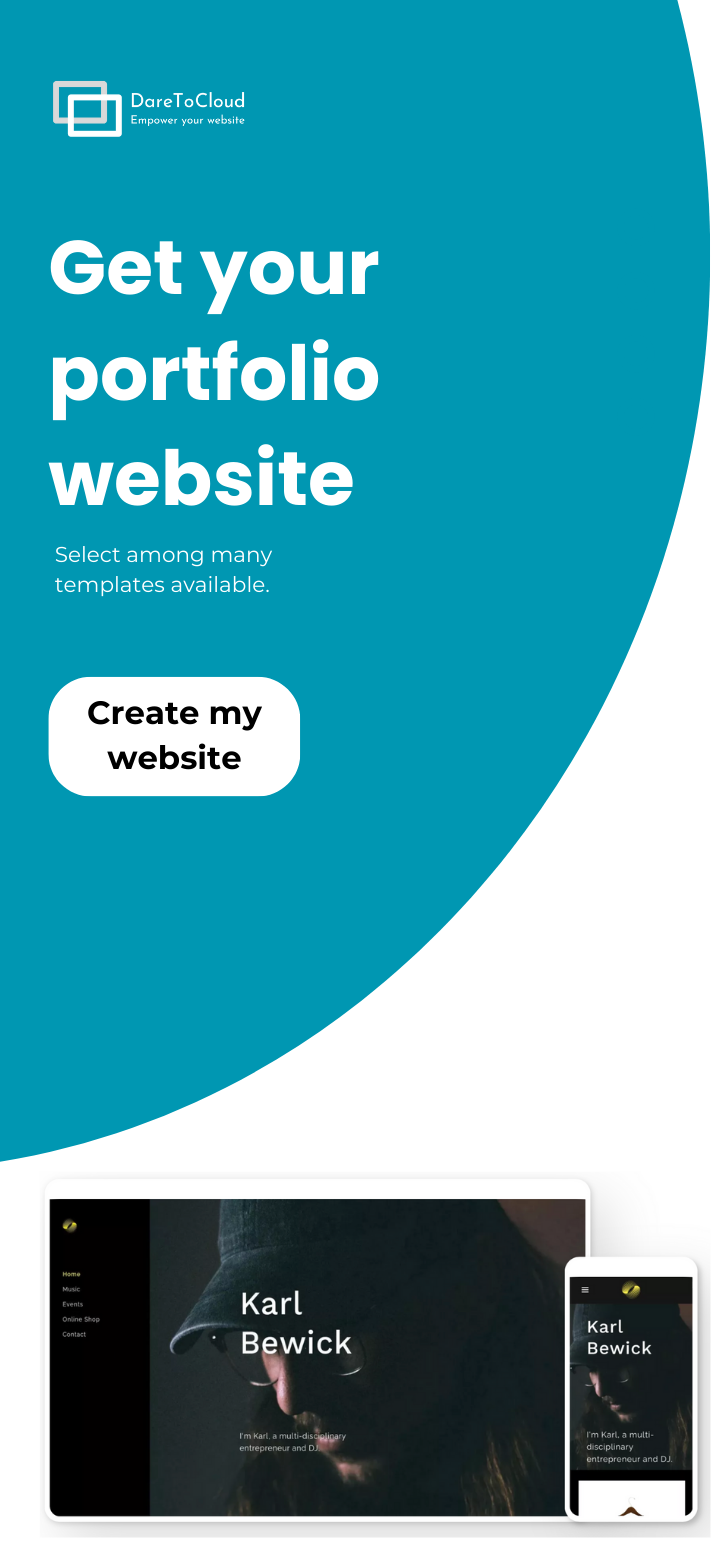Harnessing Documentary Storytelling for Impact: Transforming Narratives into Change
Documentaries are like a cultural spark plug. They don't just tell stories; they create moments that stick with us, shaping how we see the world. Think about those films that make you pause and rethink everything. They introduce new ideas and perspectives, igniting conversations that ripple through society. It's like dropping a stone in a pond—the ripple effect can be massive, influencing how people think and act.
The Magic of Documentary Storytelling for Impact
Creating Cultural Moments Through Film
Documentaries are like a cultural spark plug. They don't just tell stories; they create moments that stick with us, shaping how we see the world. Think about those films that make you pause and rethink everything. They introduce new ideas and perspectives, igniting conversations that ripple through society. It's like dropping a stone in a pond—the ripple effect can be massive, influencing how people think and act.
Amplifying Unheard Voices
But really, one of the coolest things about documentaries is their ability to give a voice to those who are often unheard. Filmmakers give themselves the power and freedom to dive into communities and stories that mainstream media might overlook. They shine a light on these narratives, making sure they’re not just whispers in the wind. This process is not just about telling a story; it's about giving people a platform to share their truth.
Reframing Policy Discussions
Documentaries have this unique power to shift the conversation around policies. They bring abstract issues to life, showing the real impact on real people. By presenting these stories, filmmakers can influence how policies are discussed and understood. It's like turning a spotlight on the issues that need attention, urging policymakers to rethink and, hopefully, reshape their approaches.
Crafting Narratives That Resonate
The Art of Emotional Engagement
Creating a documentary that tugs at the heartstrings isn't just about filming emotional scenes. It's about weaving a story that genuinely connects with viewers on a personal level. Think of it like a heartfelt conversation with a friend—one where you laugh, cry, and maybe even see the world a little differently by the end. This kind of engagement happens when filmmakers focus on authenticity, capturing real emotions and experiences that viewers can relate to. It's about building a narrative that feels honest and true, rather than forced or scripted.
We've had the pleasure to discuss about building relationships with your subject with Emma Stockwieleder, director of the award-winning short documentary 'Seeds of the Desert'. Make sure to check out her main tips and tricks for a down-to-earth connection with your documentary subject !
Building Empathy Through Real Stories
Empathy is like the secret sauce of storytelling. When you watch a documentary and find yourself walking in someone else's shoes, that's empathy at work. Filmmakers achieve this by showcasing diverse perspectives and experiences, encouraging audiences to see the world through different eyes. It's not just about presenting facts; it's about telling stories that resonate on a human level. This approach not only broadens understanding but also fosters a deeper connection between the audience and the subject matter.
Transforming Perspectives with Powerful Narratives
A great documentary can change the way you see the world. It can challenge your beliefs, open your mind to new ideas, and inspire you to take action. This transformation happens when filmmakers craft narratives that are both compelling and thought-provoking. They use storytelling techniques that draw viewers in, making them question their assumptions and consider new possibilities. Whether it's through a skilled documentary filmmaker's lens or the voices of those featured in the film, these narratives have the power to shift perspectives and ignite change.
Techniques to Enhance Documentary Impact
Mastering the Three-Act Structure
Alright, imagine you're making a documentary. You want to tell a story that's not just a bunch of random scenes thrown together, right? That's where the Three-Act Structure comes in. It's like a roadmap for your film.
- Act 1: Setting the Stage - This is where you hook your audience. Introduce your main characters and set the tone. It's like the appetizer that makes you want to stick around for the main course.
- Act 2: Exploring Conflicts and Complexities - Now, dive into the juicy stuff. This is where the drama unfolds. You explore the conflicts and themes that make your story interesting.
- Act 3: Conclusion or Transformation - Finally, wrap it all up. Give your audience a satisfying ending or a twist that leaves them thinking. It's the dessert that makes the whole meal memorable.
This structure isn't just for fiction. It works wonders in documentaries too, keeping your narrative clear and engaging.
Leveraging Cinematography for Emotional Depth
Cinematography isn't just about pointing a camera and shooting. It's an art form. Good cinematography can make your audience feel something profound.
- Lighting: Use light to set the mood. Soft lighting can create an intimate feel, while harsh lighting might add tension.
- Camera Angles: Change up your angles to keep things visually interesting. A low angle can make a subject look powerful; a high angle might make them look vulnerable.
- Composition: Frame your shots thoughtfully. The way elements are arranged in the frame can guide the viewer's eye and evoke emotions.
Using Silence and Pacing to Reflect
Sometimes, less is more. Silence in a documentary can be incredibly powerful. It gives the audience a moment to reflect on what's happening.
- Pause for Impact: After a big revelation, let the silence linger. It gives viewers time to process what they've just seen.
- Pacing: Don't rush through your story. Let it breathe. A well-paced documentary gives each moment the time it needs to resonate.
These techniques, like observational filmmaking, can transform your documentary from a simple story into an emotional journey. They help create a connection between the audience and the subject, making your film unforgettable.
The Journey of a Documentary Filmmaker
From Fiction to Reality: A Filmmaker's Epiphany
Imagine diving headfirst into a world you never thought you'd explore. That's what happened to many filmmakers who started in fiction but found their true calling in documentaries. They often begin with a passion for storytelling, perhaps inspired by fictional tales. But something about the raw, unfiltered reality of documentaries pulls them in a different direction. It's like a light bulb moment, a sudden epiphany that this is where they belong. This shift isn't just about changing genres; it's about embracing a new way of seeing the world, one that's more immediate and impactful. Award-winning director-producer Alan Dennis shares how this transition can redefine a filmmaker's career and open up new avenues for creativity.

The Role of Research in Storytelling
In documentaries, research is king. It's not just about gathering facts; it's about digging deeper into the stories that need to be told. Filmmakers spend countless hours sifting through data, interviewing subjects, and piecing together narratives that are both engaging and informative. This process can be daunting, but it's also incredibly rewarding. It allows filmmakers to uncover truths and present them in a way that resonates with audiences. The research phase is where the magic happens, turning ordinary stories into extraordinary films.
Balancing Artistic Vision with Ethical Storytelling
Creating a documentary isn't just about telling a story; it's about doing so with integrity. Filmmakers often face ethical dilemmas, especially when dealing with sensitive subjects. The challenge is to balance artistic vision with the responsibility of telling someone else's story truthfully. This requires a delicate touch, a commitment to authenticity, and sometimes, difficult decisions about what to include or leave out. It's a balancing act that can make or break a film, but when done right, it leads to powerful storytelling that respects both the subject and the audience.

Conclusion : The Transformative Power of Documentary Storytelling
Documentary storytelling is a powerful tool for creating cultural moments, amplifying unheard voices, and reframing critical societal issues. By blending artistry with authenticity, filmmakers craft narratives that resonate deeply, fostering empathy and driving change. Techniques like the Three-Act Structure, impactful cinematography, and thoughtful pacing enhance emotional engagement, turning documentaries into unforgettable journeys. Whether it's through meticulous research or ethical storytelling, these films challenge perspectives and ignite action, leaving a lasting impact on both individuals and society. At its heart, documentary filmmaking is a celebration of real stories, offering a lens to see the world anew.
What's Your Reaction?
 Like
0
Like
0
 Dislike
0
Dislike
0
 Love
0
Love
0
 Funny
0
Funny
0
 Angry
0
Angry
0
 Sad
0
Sad
0
 Wow
0
Wow
0


